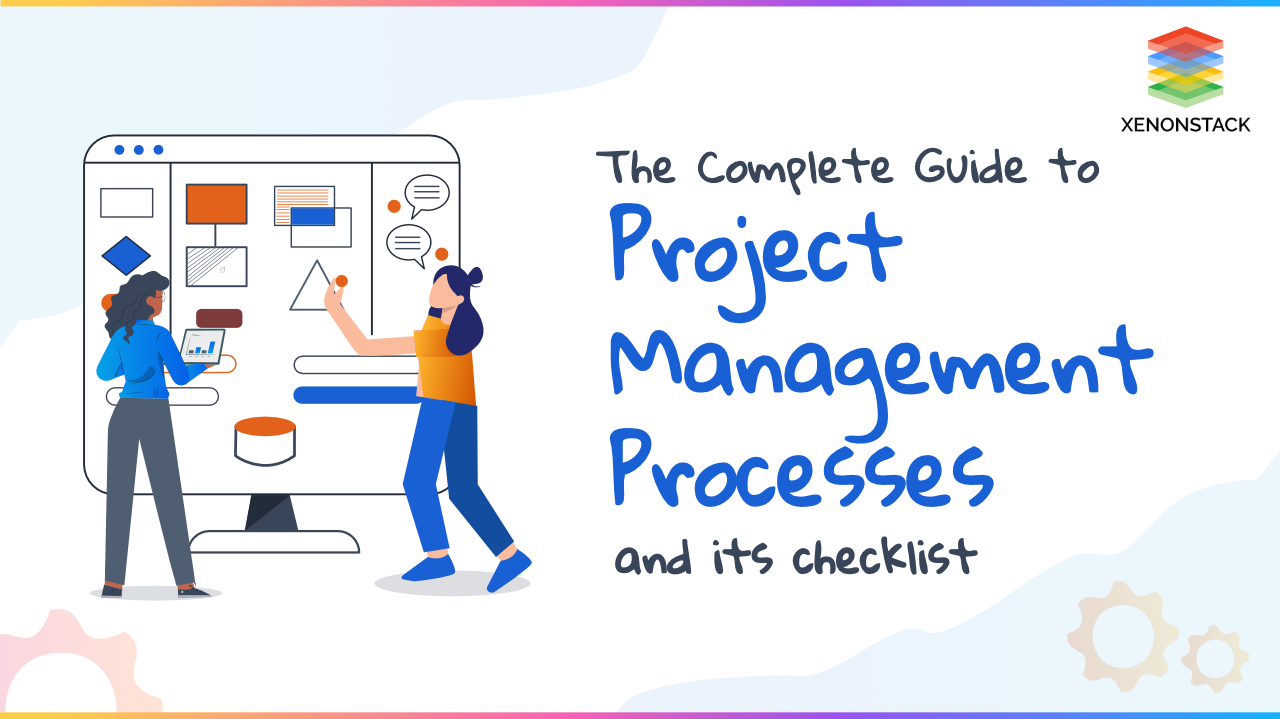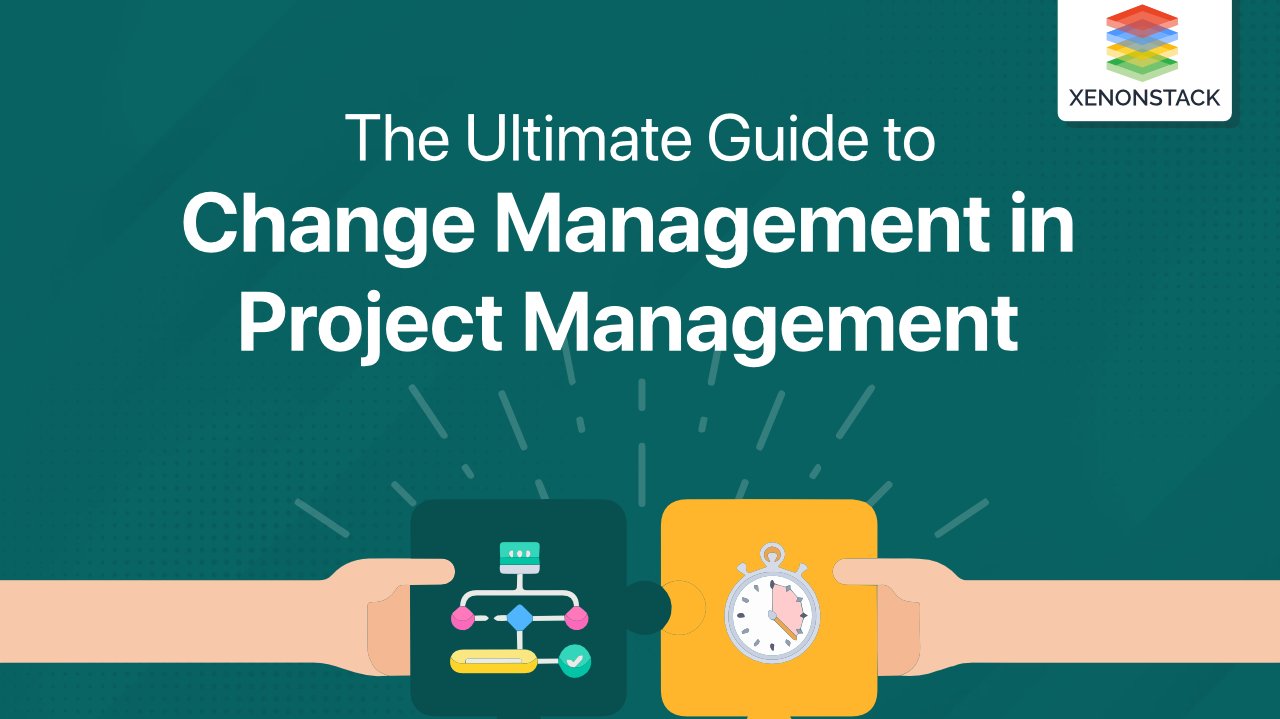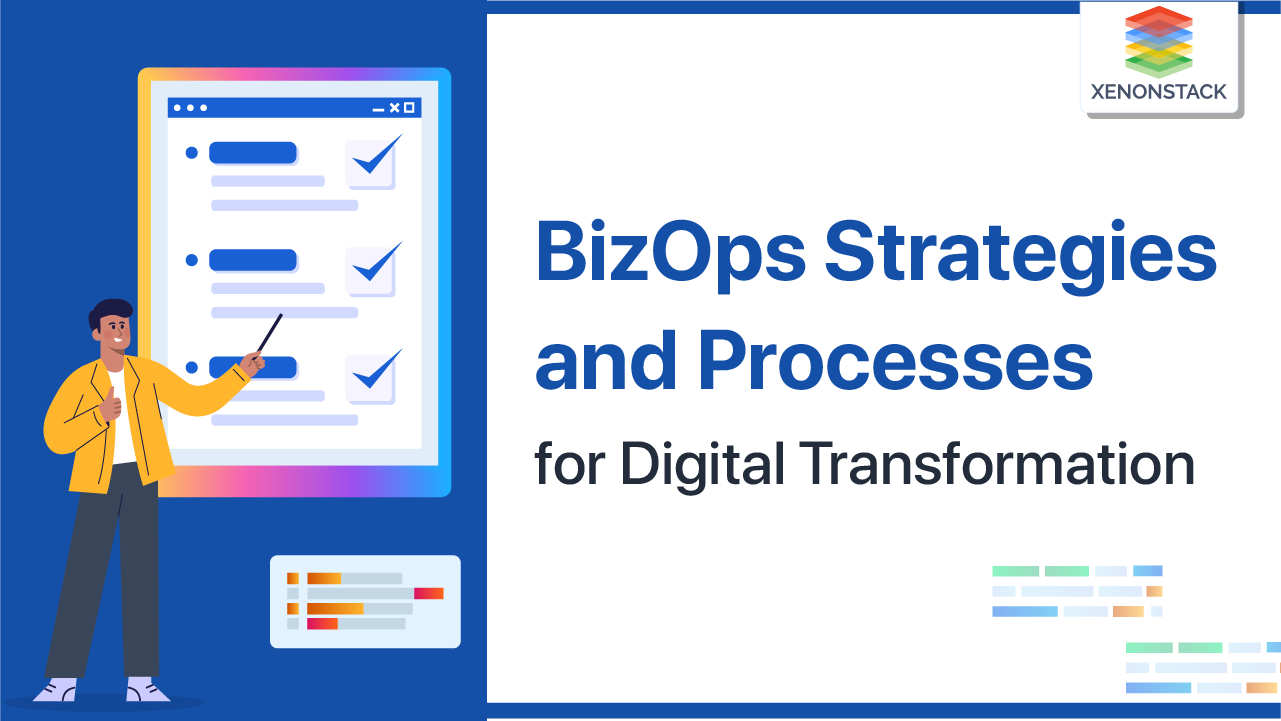
Introduction to Project Management
Project management isn't a child's play but requires analytic and management skills.
"Operations keep the lights on, strategy provides a light at the end of the tunnel, but project management is the train engine that moves the organization forward." ~ Joy Gumz
As project managers, we have sole responsibility for planning everything in the Project. Before planning the project, we need to have the "plan" first and understand its process. Having a to-do or a checklist helps to not drift from the path of the work, so in this blog, we'll talk about the process and the checklist of Project Management.
A process that helps companies to understand, respond to, and recover from incidents.Click to explore about our, Incident Management Process
The following are some of the essential steps in project management:
- Defining the scope of work.
- Defining the deliverables
- Identifying risks and contingencies
- Developing a schedule
- Monitoring progress regularly
- Closing out projects
What are the 5 project management processes?
The 5 project management processes are listed below:
Project Initiation
Project initiation is the first stage of any project, and it is a crucial step that can make or break the success of a project. In this process, the client and the project manager work together to define what they want from the project and how much time they are willing to spend on it.
In this stage, both parties should set clear goals for what they want to achieve with their project. They should also come up with a realistic timeline for when they want to have those goals achieved. The client should also ensure that they have enough resources available for the project's duration.
Project Planning
Project planning defines and documents a project's objectives, scope, time frame, resources, and deliverables.
A project plan is a document that outlines the steps required to complete a project. It can also identify potential risks and issues that may arise during the project. A project plan should include:
- Project objective
- Scope
- Timeframe
- Resources
- Deliverables
A requirement traceability matrix (RTM) is a table that tracks which requirements were used to build each deliverable item.Click to explore about our, Requirement Traceability Matrix
Execution
Execution is the process of putting together all of the parts of a project to complete it. Execution is a crucial component in any project. It includes all the steps involved in completing a project, such as planning, organizing, staffing, and managing.
Execution is also essential for long-term success and growth. Poor execution can lead to wasted time and resources or, even worse - failure.
The execution process has three main stages: Planning, Organizing, and Managing.
Planning includes deciding what needs to be done and how it should be done; Organizing involves assigning priorities and delegating tasks; Managing includes monitoring progress towards goals and making adjustments as needed to keep things on track. The execution process can be broken down into four phases: Planning Execution Process.
Monitoring and Controlling
Monitoring and controlling is checking whether a project proceeds as planned and, if not, taking corrective action. Monitoring is the act of observing project progress. Controlling is adjusting project inputs to bring about desired changes in outputs.
Closure
The project closure is the last phase of a project. It is when the project is done, and all the deliverables are handed over to stakeholders.
The first step in project closure should be to assess what was delivered. The team should review whether or not they met their goals, scope, and timeline for the project. If not, some options can be considered, such as extending the deadline or adding more resources to finish it on time.
A document that describes what the end-users want the system to do and not how the system works.Click to explore about our, Functional Specification Document
Checklist for Project Management
- Setting the Vision, Goals, and Objectives of the project.
- Discussion with Stakeholders and other PMs.
- Gathering the specifications and requirements for the team.
- Workout on Project Plan.
- Budget creation for the project.
- Resources Allocation.
- Creating the schedule concerning the plan.
- Communicating ways in Team.
- Healthcheck of Progress.
All the above points are described below:
Setting the Vision, Goals, and Objectives of the project.
Whenever we start the project, it's essential to set the Vision!
What is the Vision with the respective Goals and objectives of the project? What are we going to solve?
While setting the vision and defining the Goal and Objectives, we can follow a checklist.
- What's the Problem statement?
- What will be our mission?
- What exact outcome is our customer expecting?
- Who will be most impacted by the project?
- What are the requirements and Specs are there?
- What technologies and tools are we going to introduce to the team.
Defining Stakeholders and other PMs
Defining stakeholders and other PMs helps to understand the impact ratio of projects in project stakeholders. A Project Manager is also a Stakeholder.
After identifying Stakeholders, it's essential to discuss with the stakeholders and PMs to identify the project's scope.
Gathering the specifications and requirements for the team
Now, we need to collect the specifications and requirements of the project. Every requirement and specification is solely dependent on the type of project.
Workout on Project Plan
After gathering and understanding the requirements and specifications, it's time to work on the plan. The project plan is one of the essential checklists to work on since it defines the overall lifecycle of the project.
Here it's essential to consider all the steps we want to take to achieve our end goal. It consists of All the tasks, budget, deliverables, and the risk factor we might face, which framework we should implement, and how we can meet the client's expectations.
Project Planning is like a map, and you need to follow it. Every challenge or change request between the deliverables and resources unavailability or impediment should not affect the project.
Product management involves everything from creativity and discovery to marketing and sales.Click to explore about our, Product Management Roadmap
Budget creation for the project.
After having all the requirements and planning the entire project, we need to work on the budget finalization. This budget includes everything which is going to cost us for the project.
Everyone, especially the stakeholders, will have a different concern regarding the budget may be a fixed number they'll provide. Still, it's better to plan things first instead of running behind the numbers.
Always analyze what we need to include and what needs to be excluded. Cost-cutting can be done, but only if we know what to keep and cut. Always take estimates on a larger scale and refine things towards more specific iterations.
Resources Allocation
We are finalizing n number of resources according to the project based on the skill set required. Which resource will be onboarded on the project under which team fragment. Few questions need to be asked beforehand, such as, Is there any requirement needed of any resource? Or are we good with the team?
Suppose we need 6 developers, and we have only 4 developers with the skill set we are looking for. Then, in this case, we need to figure things out. Do we want additional hiring or need a contract resource to finish this project on the target date?
Project Management Framework
Depending upon the project, we need to analyze which framework we should implement. After deciding on the framework, we can plan the building process accordingly.
Continuous Monitoring
In project management, it is essential to monitor the progress of the project and its deliverables continuously. The project manager has to keep a watch on the team's activities and ensure they are on track.
Continuous monitoring ensures that there are no surprises when it comes to assessing the progress of a project. It also helps identify any challenges that may arise and take appropriate measures for resolution.

Conclusion
Project management is an important part of any organization. There is a need for a process to ensure that projects are completed on time and with the desired quality. The process should have a checklist to ensure that all the steps are taken care of and that nothing is missed. Project management processes are a great way to follow the roadmap to meet the goals without drifting from the actual path. Every step of Project management is crucial to follow if we are looking for a successful delivery.
- Discover here about Backlog Grooming vs Sprint Planning
- Read more about Application Lifecycle Management in Agile


